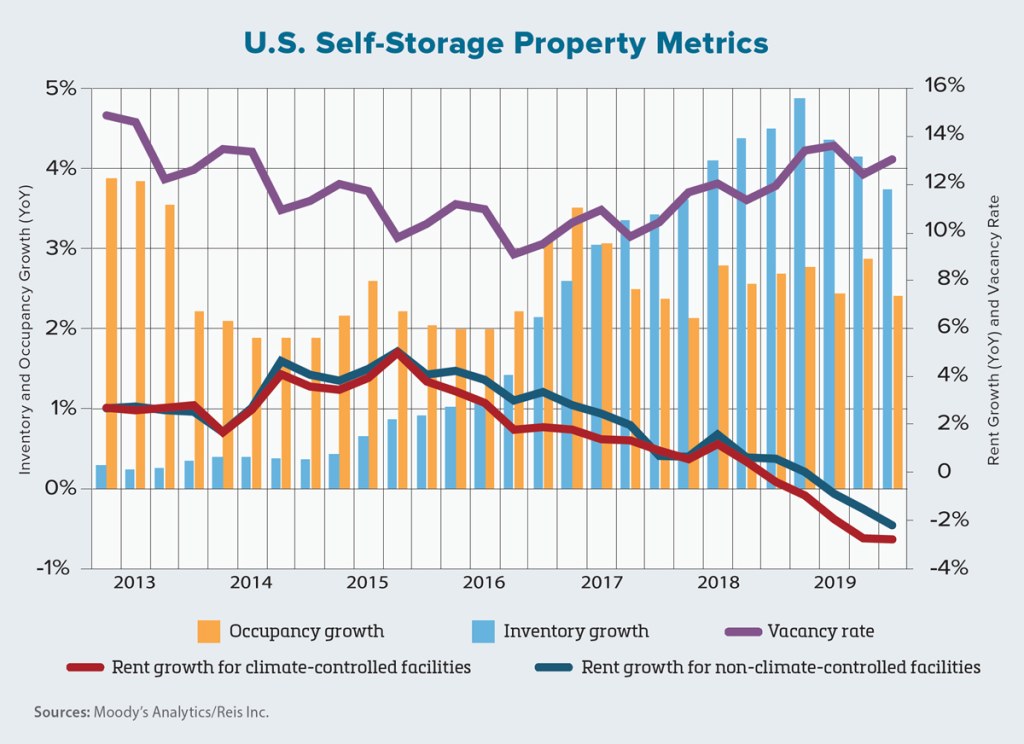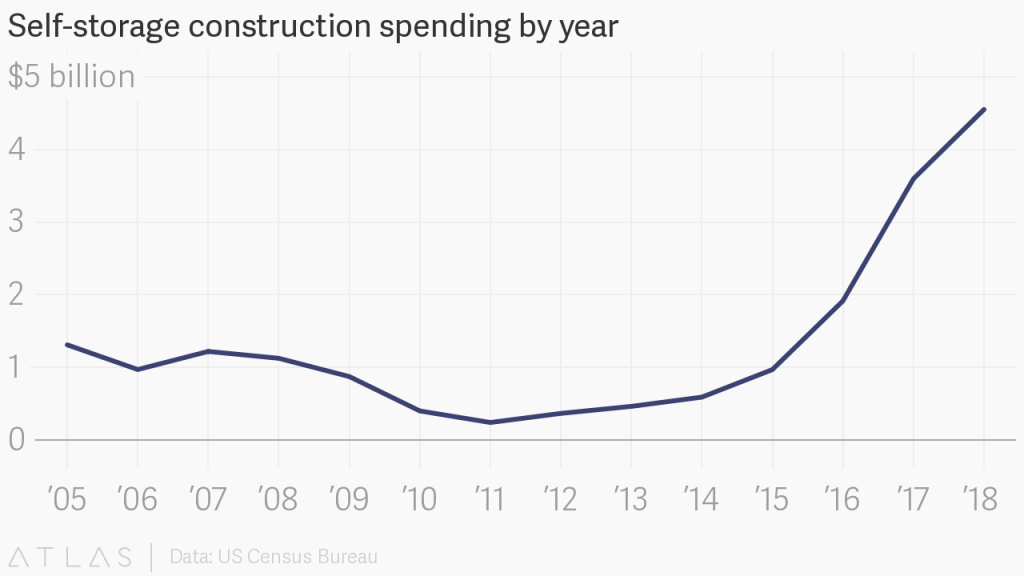Unlocking The Potential: Maximize Self Storage Occupancy Rates Now!
Self Storage Occupancy Rates
Introduction
Welcome, storage enthusiasts! In this article, we will explore the fascinating world of self storage occupancy rates. As the demand for storage units continues to rise, understanding the occupancy rates in this industry is crucial for both facility owners and customers. In this comprehensive guide, we will delve into the what, who, when, where, why, and how of self storage occupancy rates. So, let’s dive in and uncover the insights that will help you make informed decisions in the world of storage.
3 Picture Gallery: Unlocking The Potential: Maximize Self Storage Occupancy Rates Now!



What are Self Storage Occupancy Rates?
🔍 Self storage occupancy rates refer to the percentage of storage units that are currently rented out in a self storage facility. It is a key metric that measures the utilization of storage space and indicates the demand for such facilities. These rates are influenced by various factors, including location, seasonality, competition, and marketing efforts.
Who Monitors Self Storage Occupancy Rates?

Image Source: matthews.com
👩💼 Self storage facility owners and operators closely monitor the occupancy rates of their properties. By tracking these rates, they can assess the performance of their facilities and make informed business decisions. Additionally, industry associations and research firms often collect and analyze occupancy data to provide insights on market trends and benchmarks.
When are Self Storage Occupancy Rates Evaluated?
⏰ Self storage occupancy rates are evaluated on an ongoing basis, typically on a monthly or quarterly basis. Facility owners calculate the occupancy rate by dividing the number of rented units by the total number of available units. This calculation provides a snapshot of the current utilization and helps in identifying trends and patterns over time.
Where Can You Find Self Storage Occupancy Rates?

Image Source: scotsmanguide.com
🌍 Self storage occupancy rates can be found through various sources. Industry publications, market reports, and industry associations often provide data on occupancy rates at regional, national, and even global levels. Additionally, self storage facility listing websites might offer insights into the occupancy rates of specific facilities.
Why are Self Storage Occupancy Rates Important?
🔑 Self storage occupancy rates are important for both facility owners and customers. For facility owners, these rates reflect the financial health and success of their business. A high occupancy rate indicates strong demand and revenue potential. On the other hand, low occupancy rates may signal the need for marketing strategies to attract more customers. For customers, occupancy rates can provide an idea of the availability of units and help in decision-making when choosing a storage facility.
How to Improve Self Storage Occupancy Rates?

Image Source: neighbor.com
🔧 Improving self storage occupancy rates requires a combination of effective marketing strategies, competitive pricing, and excellent customer service. Facility owners can implement targeted advertising campaigns, offer promotions, and maintain a user-friendly website to attract and retain customers. Additionally, optimizing online visibility through search engine optimization (SEO) techniques can help drive organic traffic and increase occupancy rates.
Advantages and Disadvantages of Self Storage Occupancy Rates
✅ While self storage occupancy rates offer valuable insights, it is important to consider the advantages and disadvantages they present:
Advantages:
📈 Benchmarking: Occupancy rates allow facility owners to compare their performance with industry standards and identify areas for improvement.
💰 Revenue Forecasting: By monitoring occupancy rates, facility owners can forecast their revenue and plan their financial strategies accordingly.
💼 Market Insights: Occupancy rates provide valuable market insights, helping facility owners understand trends and adjust their business strategies accordingly.
🔍 Customer Decision-making: Potential customers can use occupancy rates to assess the popularity and availability of storage units in their desired location.
📊 Investment Evaluation: Investors considering entering the self storage industry can use occupancy rates as a key metric for evaluating the profitability of potential investments.
Disadvantages:
📉 Seasonal Variations: Occupancy rates may fluctuate throughout the year due to seasonal demand, making it challenging to maintain consistent revenue.
📢 Competitive Pressure: In highly competitive markets, facility owners may face challenges in maintaining high occupancy rates due to aggressive pricing strategies by competitors.
🌐 Economic Factors: Economic downturns can impact self storage occupancy rates as customers may downsize or prioritize other expenses over storage services.
Frequently Asked Questions (FAQ)
1. How do occupancy rates affect rental prices?
🔒 Occupancy rates can influence rental prices. Higher occupancy rates often lead to increased rental prices as demand exceeds supply. Conversely, lower occupancy rates may result in discounted rental prices to attract more customers.
2. Are occupancy rates different for different storage unit sizes?
📦 Yes, occupancy rates can vary for different storage unit sizes. Some sizes may be more popular and in higher demand, resulting in higher occupancy rates compared to less commonly requested sizes.
3. How do occupancy rates impact facility expansion?
🏭 Occupancy rates play a crucial role in determining the need for facility expansion. High occupancy rates may indicate the need for additional units, while low occupancy rates may suggest limited demand and discourage expansion plans.
4. Can I reserve a storage unit based on occupancy rates?
📞 Yes, you can inquire about the availability of storage units based on occupancy rates. Facility staff can provide information on current occupancy levels and assist you in reserving a unit that suits your needs.
5. Do occupancy rates impact the quality of storage facilities?
🌟 Occupancy rates alone do not directly impact the quality of storage facilities. However, high occupancy rates may indicate a well-maintained and popular facility, while low occupancy rates may raise questions about the facility’s reputation or value proposition.
Conclusion
🔑 In conclusion, self storage occupancy rates provide essential insights into the utilization and demand of storage units. Facility owners can leverage these rates to gauge their performance, plan strategies, and stay competitive in the market. For customers, occupancy rates serve as a valuable indicator of unit availability and popularity. By understanding the advantages, disadvantages, and frequently asked questions surrounding self storage occupancy rates, you are equipped with the knowledge to make informed decisions in the realm of storage.
Remember, whether you’re a facility owner or a customer, keeping a pulse on self storage occupancy rates can help you navigate the ever-evolving landscape of the storage industry.
Final Remarks
📝 The information provided in this article is for informational purposes only and should not be considered as financial, investment, or legal advice. As the self storage industry is subject to various market dynamics, it is recommended to conduct thorough research and consult professionals before making any business or investment decisions.
This post topic: Self Storage



